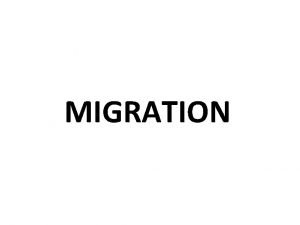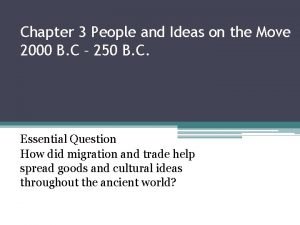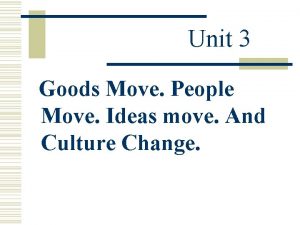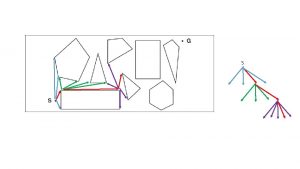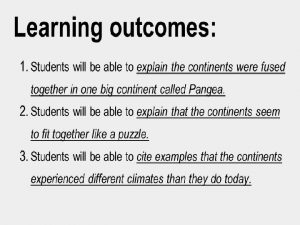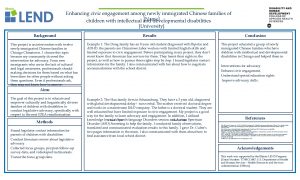People on the move Most people immigrated to






- Slides: 6

People on the move • Most people immigrated to the U. S. for a chance at a better life. • In the late 1800’s people in many parts of the world are moving from farms to the cities, and from country to country. They were escaping from: • 1. Crop failures • 2. Shortages of land • 3. Shortages of jobs • 4. Rising taxes • 5. Famine • 6. Religious/Political persecution • The United States became the prime location for immigration in the late 19 th and early 20 th century. Between 1865 and 1920 30 million people entered the U. S.

Opportunity • Immigrants dreamed of getting rich, receive free land to gain various personal freedoms • Immigrants wanted a better life in the U. S. • 1. Educational opportunities • 2. No forced army service • 3. Political participation • 4. Personal freedoms • In the 1880’s Russian Jews came over to the U. S. because of violent massacre.

Crossing the Atlantic • Most immigrants could not afford a cabin on a ship, so they traveled in steerage. • Steerage is a large open area beneath the deck of the ship. This journey proved to be hard, no privacy and poor conditions. • 1865 -1890 about 10 million immigrants came to the U. S. , most from NW and Central Europe. • In 1890 European immigration shifted from the northern to southern, western and then eastern Europe. • More than 70% of immigrants came through New York, also known as the “golden door” • Most immigrants who came to the U. S. often settled in their ports of entry.

Crossing the Atlantic • Immigrants were forced to take physical exams. These exams made sure that you were healthy. • Those who were not healthy were put into Quarantine. • Quarantine is a time of isolation to prevent the spread of disease-some were even deported. • The people who didn’t stay in their port of entry usually went Cleveland, Detroit, Milwaukee and Chicago. • Some of these areas became ghettos or an area that one racial or ethnic group dominates. • Some ghettos formed because the groups felts safer with their own people and sometimes it was because of restrictive covenants. • Restrictive Covenants were when homeowners agreed not to sell their homes to certain people.

Immigrants from China • The first thing to draw the Chinese to the U. S. was the railroad companies. • Asian immigrants often came through California, usually Angel Island in San Francisco, and found acceptance difficult. • The Chinese were looked at with suspicion and hostility. • The Chinese accepted low wages so labor unions instantly disliked them. • People argued that Asians were mentally and physically inferior to white Americans. • In 1882 Congress listens to labor unions and passes the Chinese Exclusion Act • This act prohibits Chinese workers from entering the country. This act lasts until 1943.

Immigrants from Japan and Mexico • Most Japanese immigrants settled in • L. A. and worked in private businesses. This is one reason they didn’t receive as much abuse as the Chinese. • However they did receive some, in 1906 the San Francisco School Board said that all Chinese, Japanese, and • Korean children must attend different schools than whites. • In 1907 Teddy Roosevelt reached a • gentleman's agreement with Japan. San Francisco would stop its school policy if Japan stopped offering • passports to laborers. • 1913 -California passes the Web Alien Land Act, says alien Asians could not own farmland. 1902 -Newlands National Reclamation Act promoted irrigation of southwest lands, which made areas in Texas, Arizona, New Mexico and California farmable. This irrigation of SW lands led to the first wave of Mexican migration to the United States. 1910 - the Mexican Revolution increases immigration to the U. S. 1921 -Immigration Restriction Act limited immigration from Europe. Made need for laborers from Mexico much greater.
